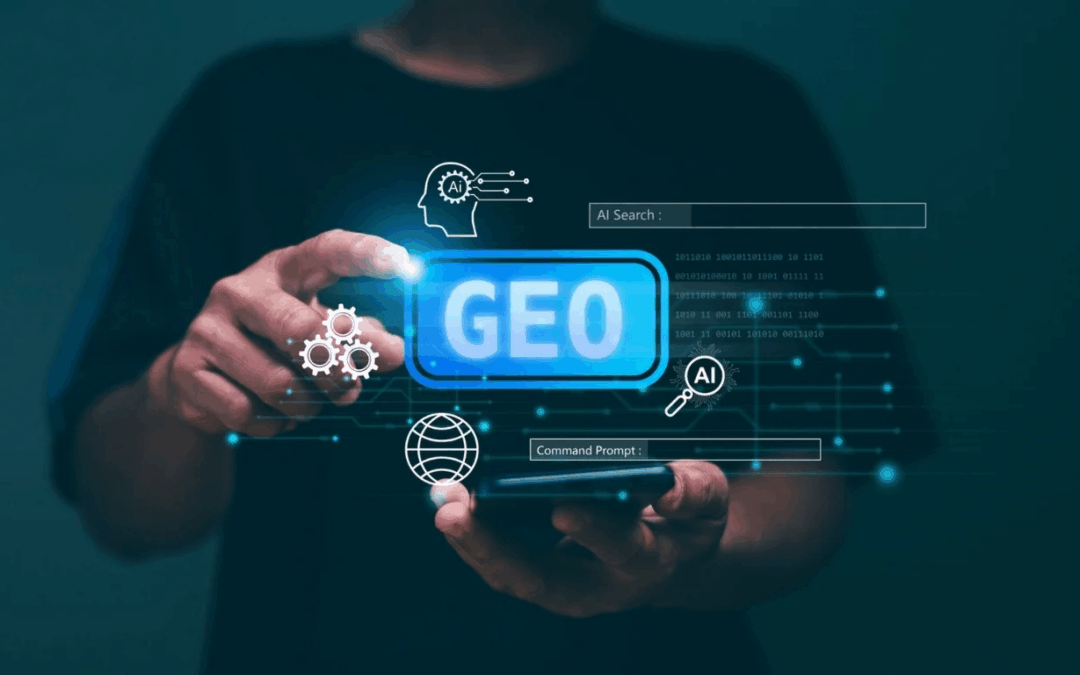How to Take Advantage of Generative Engine Optimization (GEO)
As AI tools like ChatGPT and Google’s Search Generative Experience (SGE) reshape how people discover and consume information, a new kind of optimization has emerged: Generative Engine Optimization (GEO). If you’re a business owner, marketer, or creative agency, understanding GEO is critical to maintaining visibility and authority in AI-generated responses.
What is GEO?
Generative Engine Optimization is the process of creating and structuring content so that it is recognized, summarized, and cited by AI engines. Unlike traditional SEO, which focuses on ranking in search engines, GEO focuses on becoming the source for AI answers.
Why GEO Matters in 2025 and Beyond
-
AI-driven search is reducing website click-throughs.
-
Being cited by AI assistants boosts your brand’s trust and authority.
-
First-mover advantage is real. Early GEO adopters dominate emerging platforms.
How to Optimize Content for Generative Engines
1. Start with User Questions
Use tools like Google’s “People Also Ask,” AnswerThePublic, or ChatGPT to discover common questions in your niche.
2. Structure Content for AI Readability
-
Use H1, H2, and H3 headers with clear formatting
-
Provide concise answers (40–60 words) directly under each heading
-
Add FAQs to every post
3. Add Schema Markup
-
Use FAQPage, HowTo, and Article schema
-
This helps AI understand and parse your content semantically
4. Focus on E-E-A-T
Experience, Expertise, Authority, and Trust. Include:
-
Author bios
-
Source citations
-
Testimonials
-
Fresh content with publish/update dates
5. Build Topical Authority
Create a content cluster strategy. For example, a business offering local SEO services might create:
-
“How to Rank in Local Search in 2025”
-
“Best Tools for Local SEO”
-
“Google Business Profile Optimization Tips”
-
“How to Get More Local Reviews”
Interlink them to signal subject matter depth.
GEO Content Example
Title: How to Optimize Your Website for Local SEO in 2025
H2: What is Local SEO?
A short explanation in 1–2 sentences.
H2: Optimization Steps
H3: 1. Claim Your Google Business Profile
H3: 2. Use Local Keywords
H3: 3. Collect Customer Reviews
H2: FAQs
Q: How long to rank locally?
A: 30–90 days depending on competition.
Publish Across Multiple Platforms
Don’t just post on your blog. Reuse content on:
-
Medium
-
LinkedIn articles
-
YouTube (via transcript)
-
Google Business Posts
These are all indexed by generative engines.
Final Thought
Generative Engine Optimization is the next frontier of digital visibility. Those who adapt early will be the sources AI turns to—and the brands people trust. Contact The Kirkgroup if you are looking for help implementing GEO in your business

